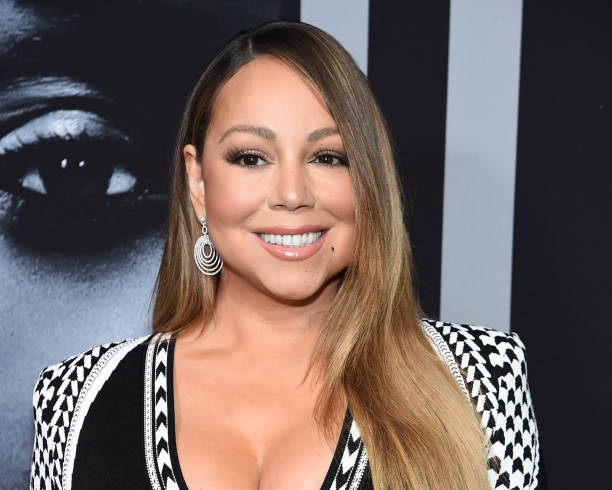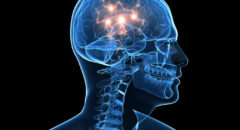
Long before she was crowned as the ‘Songstress Supreme’, Mariah Carey was excelling at music in elementary school. Under the tutelage of her mother, Carey started working with various musicians until she had a demo tape. This demo tape caught the attention of the head of Columbia Records, Tommy Mottola, in 1988. That start put her on the path to an illustrious career in the music industry.
That career has included millions of records sold worldwide, multiple number-one hit songs, and several notable awards that have led to her being the highest-certified female artist in the United States. Mariah Carey hasn’t limited herself to music either. She has had numerous acting roles and has written two books.
Given how busy she has always been, it was still concerning when she was hospitalized in 2001 for having a physical and mental breakdown. It was at that time that she was diagnosed with bipolar II disorder.
However, in a 2018 interview with People magazine, Carey admitted that it took her a long time to take the diagnosis seriously. It wasn’t until experiencing a tough couple of years that she sought treatment. She now manages the disorder with therapy and medication.
What Is Bipolar II Disorder?
Bipolar disorder is a chronic mental health condition that is characterized by emotional swings known as mania or hypomania and depression. While hypomania is usually less severe than mania, they’re both likely to include symptoms such as feelings of euphoria, being irritable, and having a lot of energy. This phase can also result in an inability to sleep or focus. With depressive episodes, you may experience feelings of hopelessness, chronic fatigue, and a loss of interest in things that typically made you happy.
The severity of these symptoms as well as how often they occur is used to break the disorder into three types: Bipolar I, Bipolar II, and Cyclothymic also called Cyclothymia. People with bipolar II disorder will have hypomanic and depressive episodes instead of the severe mania that those with bipolar I experience. Cyclothymic disorder includes a mixture of hypomania and depression that lasts for a specific period.
RELATED: Bipolar Disorder: Seeing the Person, Not the Disorder
How The Illness Is Diagnosed
Doctors typically diagnose bipolar II disorder through a thorough discussion of your medical history, the symptoms you’re experiencing, and how long you’ve been experiencing them. You may be asked to undergo a psychiatric evaluation and document the changes in your mood through a mood chart. Since you need to meet all the requirements in the Diagnostic and Statistical Manual of Mental Disorders (DSM-5), it’s important to take the time to make an informed diagnosis.
It’s usually trickier to diagnose bipolar disorders in children but that doesn’t mean it’s an impossibility. To receive the diagnosis of bipolar II disorder, you should have experienced at least one major depressive and one hypomanic episode in the past year. The depressive episode should have lasted for two weeks or more while the bout of hypomania should have lasted for four or more days.
During a depressive episode, you must have had a minimum of five of the following symptoms:








